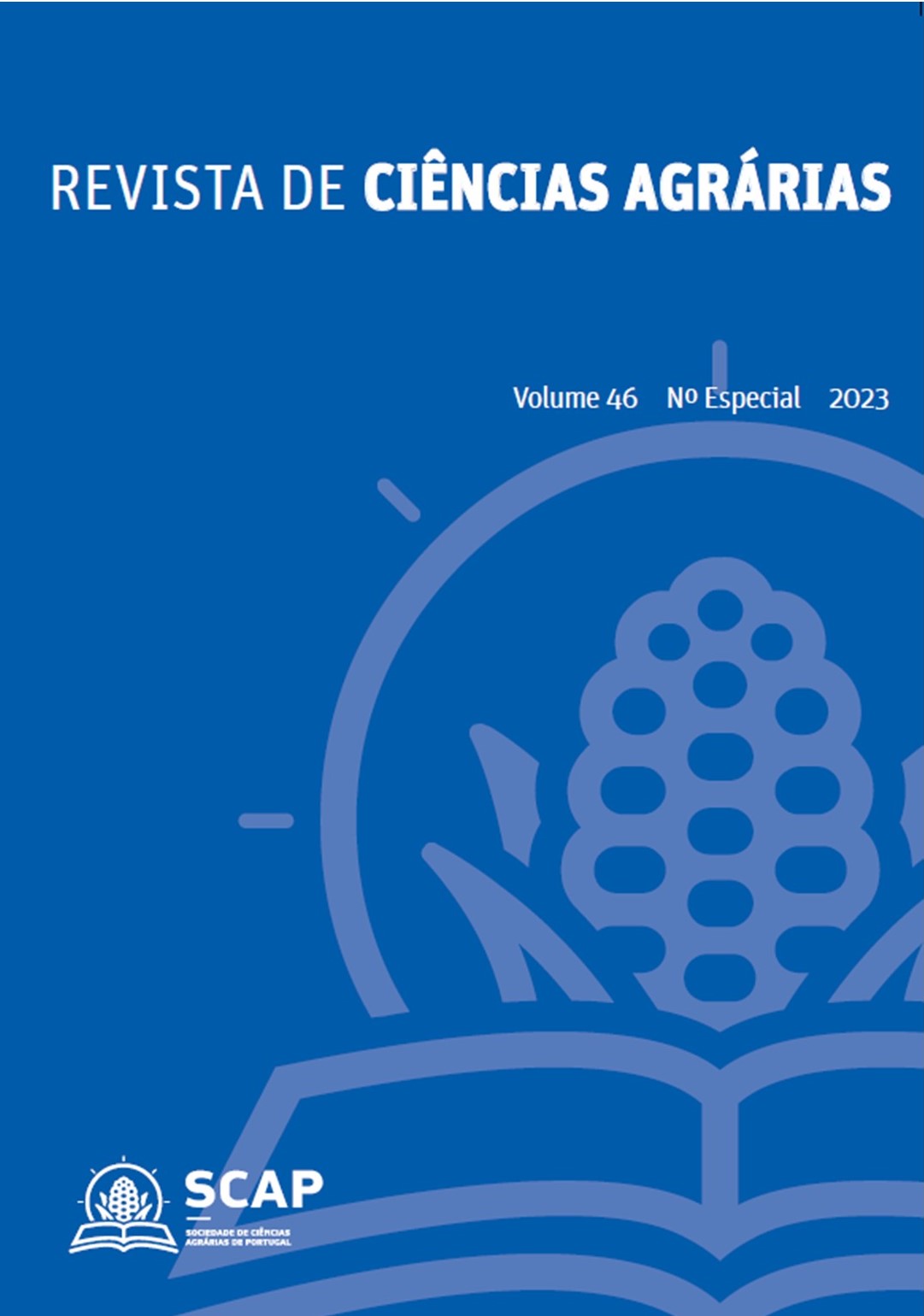Soil carbon quantification in different oak stands in northeastern Portugal
DOI:
https://doi.org/10.19084/rca.33909Abstract
The objective of this work was to quantify the organic carbon content present in the soil in Quercus forests and their variation in depth in the northeast region of Portugal. The study was carried out in Quercus forests (Quercus suber L., Quercus rotundifolia Lam. and Quercus pyrenaica Willd.) in NE Portugal, in which soil organic matter (OM) contents were analyzed in the first 25 cm of depth, and estimated soil organic carbon concentration. Soil properties were measured in terms of soil organic carbon in different locations and depths. The results showed a distinct pattern between the types of forests. Storage dynamics change with depth, with the initial layer (0-5cm) having the highest concentration, regardless of the species or location. The Quercus pyrenaica L. stands have the highest concentrations of organic carbon with 55,60 g kg-¹, followed by Quercus rotundifolia Lam. with 34,02 g kg-¹ and Quercus suber Willd. 27,72 g kg-¹. The presence of biomass in the understory favors the accumulation and maintenance of organic matter and carbon in the soil.


